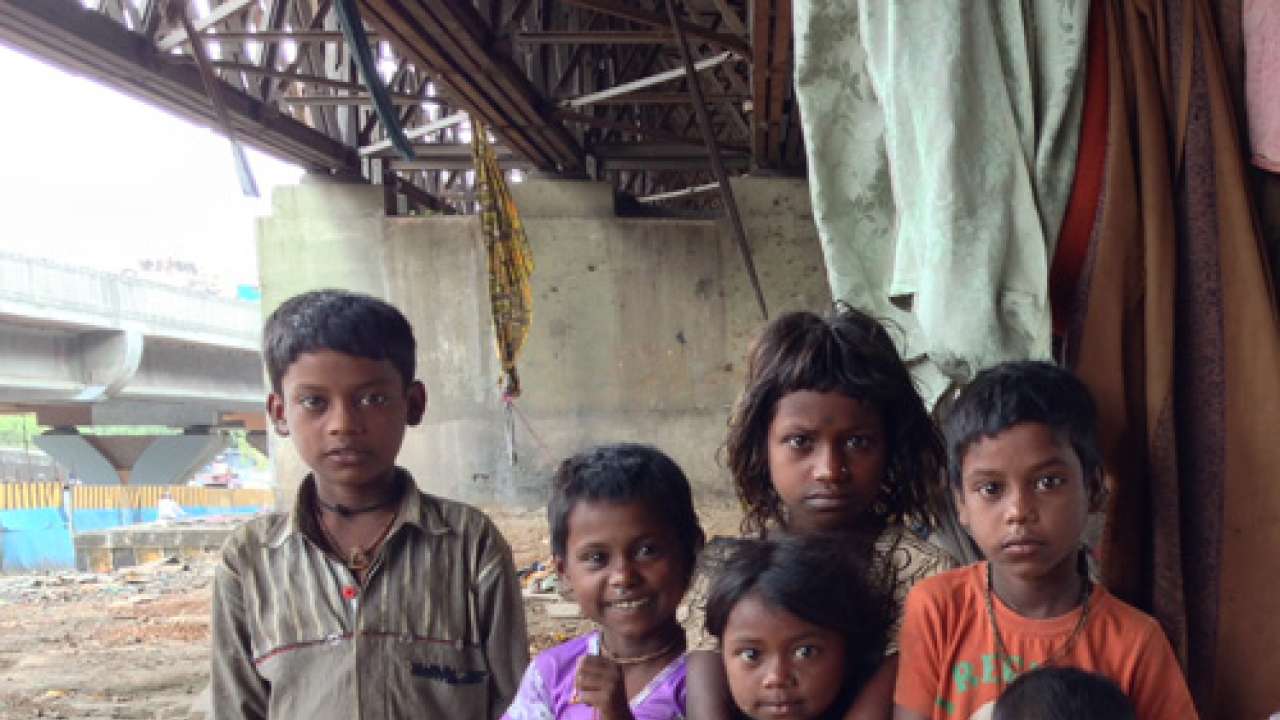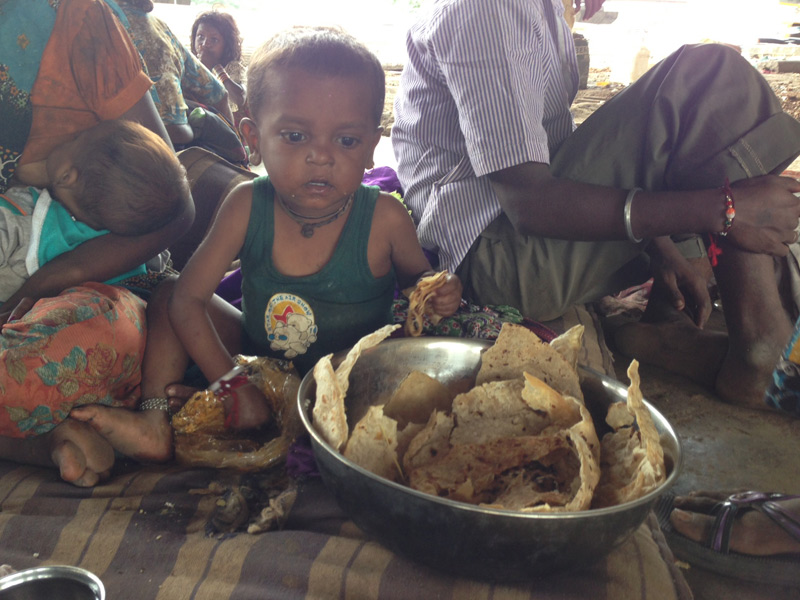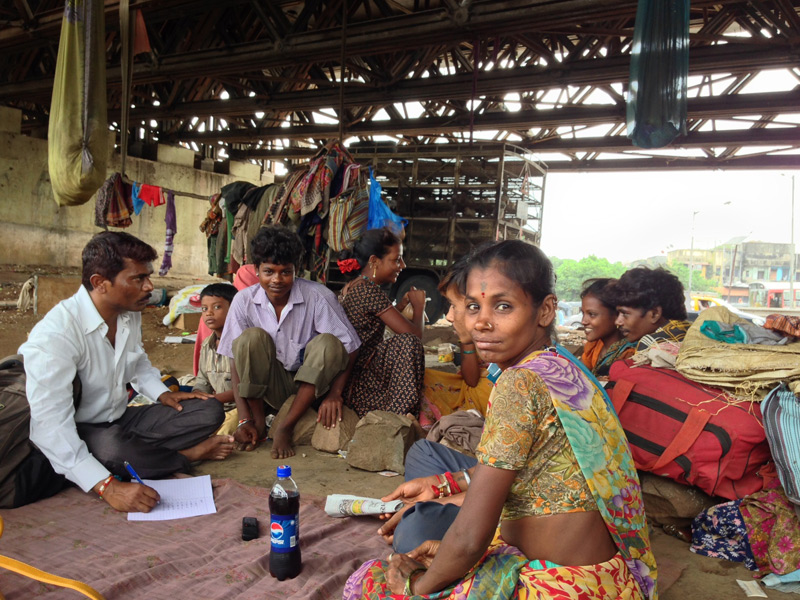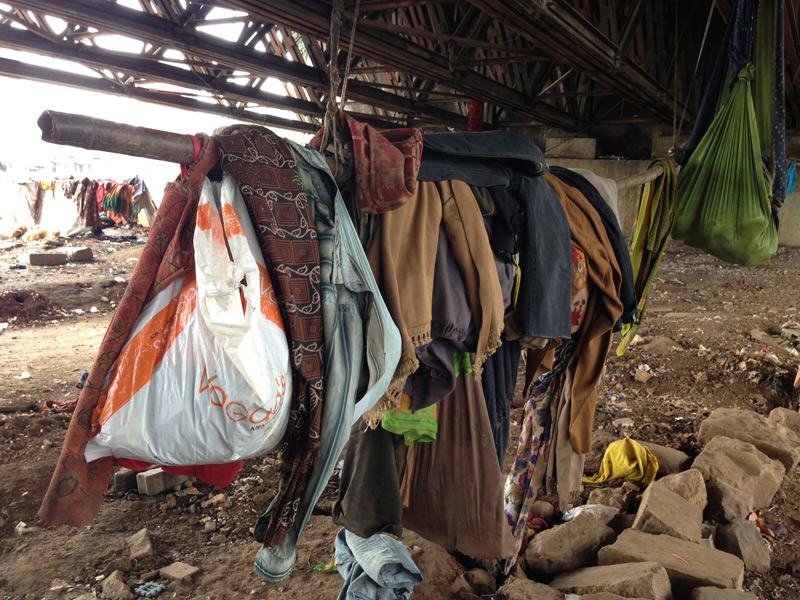
On November 21, while the nation was glued to their television sets following the Tarun Tejpal sexual harassment case, Congress President Sonia Gandhi launched the Rajiv Gandhi Jeevandayi Arogya Yojana (RGJAY) in Nagpur, the Maharashtra government's health insurance scheme for the poor. This scheme, the pilot for which was launched in July 2012 in eight districts of the state including Mumbai, aims to provide treatment options for 972 surgeries, therapies and procedures, and 121 follow-up processes in both government and private hospitals to people with an annual family income of less that Rs. 1,00,000.
At the launch, Gandhi urged the “poor people” to take advantage of the RGJAY, which can be claimed by simply showing their ration card at the hospital, proving that the family income is less than the prescribed limit, as medical expenses are now beyond the reach of the common people.
In August this year, when the RGJAY scheme was already a year old in Mumbai, some people from the 100-member strong homeless community who live under the Amar Mahal Flyover in the city's eastern suburbs, went to Thane for a yatra. They were to stay on the street outside a temple and sell garlands to visitors. While in Thane, a pregnant woman from the community went into labour. The members of the community rushed her to a nearby government hospital.
At first, the hospital staff just ignored the woman and her companions. Then, they made them run from one counter to another just to get the details of admitting a patient into the hospital. Then, they asked for an identity document to admit the patient, a standard procedure. Sachin Shinde, one of the community members present at the hospital, says, “We have applied for a citizenship document several times in the past five years but they have always rejected our plea. We applied again last year through an NGO but the document still has not arrived.”
The hospital staff let the woman in labour suffer in pain. The community members pleaded for someone to attend to her. “Finally, a nurse said the doctor would charge Rs. 10,000 to deliver the baby. The community pitched in with some money and the remaining was borrowed from a private lender at an exorbitant monthly interest over 15%. The doctor was given the money after which he attended to the patient. They didn’t even give us a receipt for the money. When a family doesn’t even end up saving Rs. 300 a month, how are they supposed to return Rs. 10,000, plus a monthly interest of Rs. 1,500?” Shinde asks.
Merely a month before this incident, a woman and her child of the same community died on the streets. The mother had a heart condition; she couldn’t get free treatment at a government hospital under RGJAY as the family did not have a ration card to avail of the scheme. Both mother and infant contracted jaundice and died because the family couldn’t afford expensive private hospital treatment.
For the middle and upper classes, there are several citizenship documents allowing them to drive cars, encash stock investments, buy or rent property, travel, and get life insurance policies. But for the homeless, citizenship documents are the key to survival, their only means to access the welfare schemes the Government of India spends billions of rupees on. For homeless families, even one of the dozens of citizenship documents is a way to access subsidised food grains under the Public Distribution System. For the lonely elderly on the streets, widows and disabled homeless, the documents are a way to get Rs. 600 every month under the Indira Gandhi National Old Age Pension Scheme, the Indira Gandhi National Widow Pension Scheme and the Indira Gandhi National Disability Pension Scheme.

A child reaches out for the big bowl of food that his family of five will eat for lunch. The members of the Amar Mahal community work as daily wage construction workers and have no citizenship documents to enable them to avail of government welfare schemes and subsides meant for the poor.
Mohammed Tarique, an Ashoka Fellow, assistant professor at Tata Institute of Social Sciences (TISS) in Mumbai and head of Koshish, a project by TISS to bring social and legal justice to homeless and beggars, says the homeless need to have an identity document to avoid suspicion and harassment from civic authorities. Tarique has been trying to get the government to repeal the archaic Bombay Beggary Prevention Act, which allows the government to arrest and convict the homeless for anywhere between a year to 10 years if found begging or even selling goods on the street. He claims most beggars’ homes (or jails, in the words of social workers) are filled with either the old, mentally ill or physically disabled homeless.
“The police should help them reclaim their lives, help them get back into the homes they’ve been thrown out of, enrol them in old age homes and mental health centres. Instead, the police arrest them for being on the street without having an identity card. These people need special care, they need to be connected to government schemes but they cannot be given benefits of the schemes because they don’t have documents. They are serving jail time instead.”
In Mumbai, the homeless have been struggling to get recognised as citizens of India for years. About nine months before the above mentioned mother and child died, Shashikant Bhalerao, a social worker who has worked for 10 years with the homeless in Mumbai, applied for ration cards for eight families of the Amar Mahal community. “The ration cards still haven’t arrived. We could have saved two lives if the documents arrived on time,” rues Bhalerao.
Across the city, the struggle of the homeless for their identity is the same. Says Tarique, “Getting an identity document in India is an unending cycle. For one document, they need another.”
Brijesh Arya, a Mumbai-based social worker who has been working with the homeless for over seven years, concurs. “To make one identity proof in India, one needs to provide a bunch of other documents, that’s how the system works. To make a ration card you need a PAN card or a driver’s license or a passport or an address proof. To make a PAN card, you need a ration card or driver’s license or a passport and an address proof. To make a passport, you need bank statements, ration card, address proof, birth certificate, driver’s license, PAN card and a whole lot of other things. The problem is, where does a homeless person begin? It’s a circle that just doesn’t end. It’s so confusing that regular people can barely get through the long, meandering process.”
At various points through this circle, the central and state governments have introduced ways for the homeless and other vulnerable groups to secure citizenship documents. The problem, however, is that the homeless are never made aware of these procedures. Arya says, “The homeless aren’t told about the different rules and regulations made by the government for their benefit, so they could have easier access to government schemes and get their citizenship documents. In most cases, they aren’t even allowed inside government offices.”
Bhalerao agrees, “We (NGOs) have never seen the government going to the community to inform the homeless about schemes they can avail of, or how they can apply for citizenship documents, which is the minimum this country can give its people. When the homeless enter a government office, they are mistreated. The officials don’t even let them stand in a line to fill up an application. Sitting them down and telling them ways to apply is a far-fetched thought.”
Taruna Kumbhar, convenor of Ration Kruti Samiti, a network of NGOs that helps people secure citizenship identity documents, says, “The problem is, there are many ways one can get the identity documents, but the homeless are not made aware of them, and the officials at times don’t know these rules themselves.” She backs her claim with an example. To get an Aadhar card, one needs to submit a ration card along with any one other identity proof, like a voter ID card, bank account documents, PAN card etc. For people who don’t have these documents, the government has given anganwadi workers (who run the government’s Integrated Child Development Services centre) and the local area postman the authority to validate the individuals if they know them, or confirm that he or she stays in their area. “The problem is that even the anganwadi teacher and the postman aren’t aware they have this authority. Also, the official issuing the documents needs to be aware of these procedures and accept these documents,” she explains.
Now, the homeless in most parts of the city who have been missing from government records for generations are starting to get help from several NGOs. These organisations essentially do the government’s job. They inform the homeless about various schemes that the government has for them, tell them ways they can avail of the schemes, explain to them procedures to avail of government documents, fill out forms for them, accompany them to government offices to submit applications, fight with government officials to secure their rights, and even follow up officials to ensure the documents arrive on time. These organisations are now the only ray of hope the homeless have to get their rights. Tarique says, “It is very difficult for a homeless person to get his documents by himself. When an NGO gets involved, things get a little easier. The officials need an NGO to vouch for them to get a document made.”

Social worker Sashikant Bhalerao (in white shirt) trains the homeless community living under the Amar Mahal flyover on how to secure citizenship documents and avail of government schemes.
Milind Arondekar, the president of Aakar Mumbai, an NGO working with the homeless in Mumbai’s western suburbs, says despite getting help from not-for-profit organisations that know government rules and regulations, on several occasions, the homeless have to wait for years to secure citizenship documents.
Vaibhavi Padave, secretary of Aakar Mumbai, adds, “Our organisation got an entire homeless community ration cards by submitting their forms together. We provided a letter stating that we know the people, completed all formalities by the rule book, but the ration cards didn’t come easily. During and after submitting the applications, we had several arguments with officials. Even with the intervention of an NGO, it takes almost three years to make ration cards for the homeless.”
There are several reasons why the homeless haven’t managed to get themselves registered as Indian citizens. The most important ones, which are the root cause for this problem, are the highly corrupt government machinery, lack of political will in Mumbai, apathy and certain stereotypes regarding the homeless, and the government officials' unfamiliarity about their own procedures and regulations.
One of the most important factors that works against the homeless in Mumbai is the apathy of political parties, say development sector workers. Kumbhar explains, “In recent years, the Maharashtra Navnirman Sena (MNS) had raised objections to immigrants coming into the state. These things affect bureaucratic processes. For political parties, the homeless are not a priority. They can be a vote bank but they are scattered in various constituencies in small numbers. So, they aren’t beneficiaries of support from political parties, they aren’t part of the political agenda.”
All the interviewees for this feature agreed with Kumbhar’s claim. Vaibhavi, a Maharashtrian herself, says, “We frequently get asked by government officials why we work with the non-Maharashtrians, the migrants.”
The corruption in the system is another hurdle that stands in the way of the homeless getting their documents. In places where social workers have not managed to intervene, the homeless have either given up trying and live a life of anonymity, or they have trusted ‘agents’ who promise to get them the documents at a price. There have been several instances where these agents have extracted thousands of rupees from homeless families and disappeared overnight. On a few rare occasions, the homeless have indeed managed to get identity documents by paying hefty sums to these agents. “When the homeless go through an agent, their work gets done. When they go by themselves they aren’t able to get their work done. Why do you think that happens? It’s a corrupt system where everybody gets a cut. Under the government’s public distribution system, ration worth Rs. 3,000-4,000 is supposed to go to Below Poverty Line citizens each month. If the homeless are not getting it then who is reaping the subsidies? That’s also a question one needs to answer,” argues Kumbhar.
Bhalerao considers corruption to be a pan-Indian problem that afflicts not just the homeless but every citizen. “Everyone wants some extra money to do their own jobs. Corruption affects the homeless more than it affects others because neither do they have the money to distribute to government officials, nor are they in a position to fight for their rights.”

A bamboo rod suspended from the support beams of the flyover is what the homeless families living under the Amar Mahal flyover call their home. They use it to hang flimsy plastic bags in which they keep their belongings.
While a handful of social workers are trying their best to convince bureaucrats to follow their own rules and secure basic rights to identity and citizenship for the homeless, the members of communities like the one living under the Amar Mahal flyover continue to face the harsh realities of the streets. Nobody is willing to trust them, or give them a job in their homes or in local shops.
The police detain them at will and make them suspects for crimes; sometimes they pick them up for no reason and demand money to let them go. They are not given entry into hospitals, their women and children die on the streets, and the only document their families get are certificates of death. At times, in Mumbai’s civic offices, even death certificates have a hefty price tag that the homeless can’t afford.